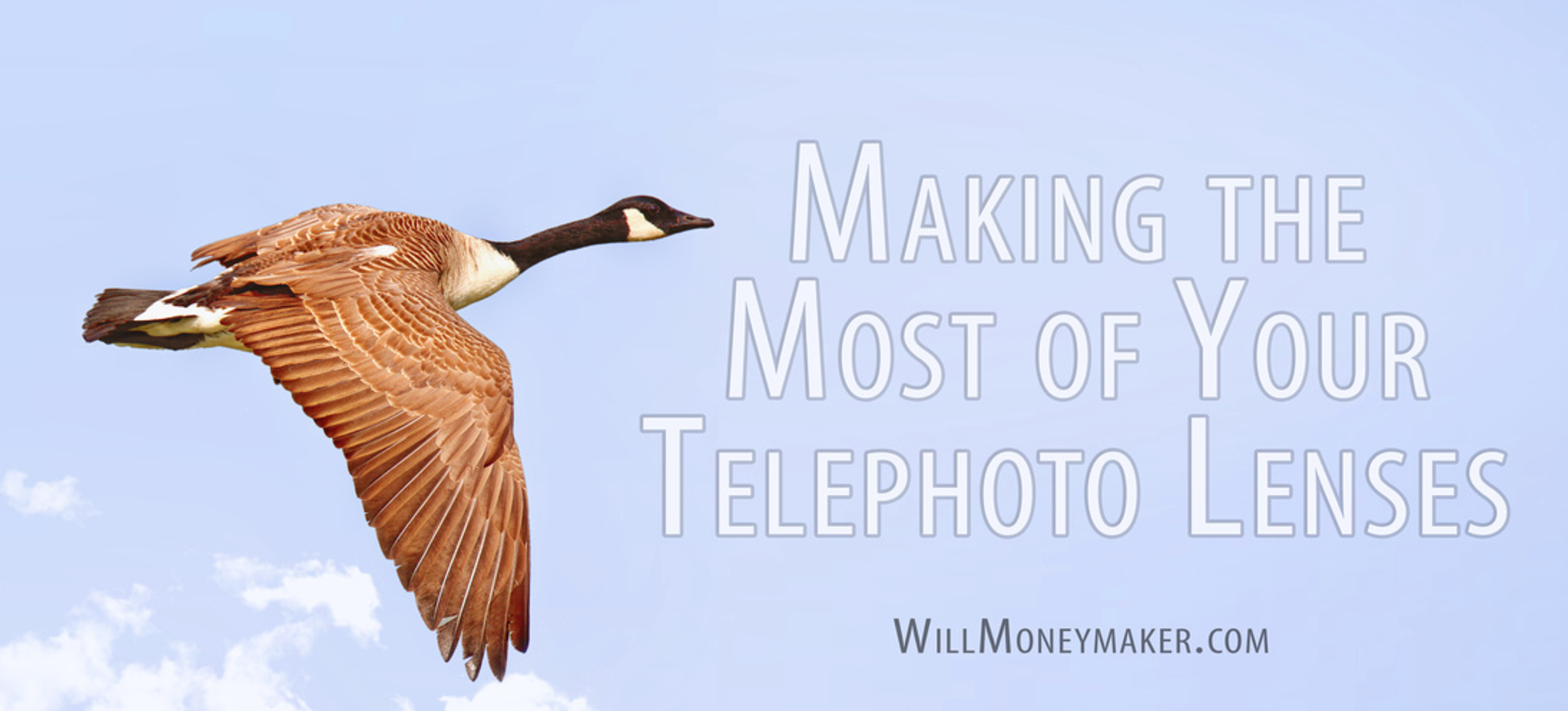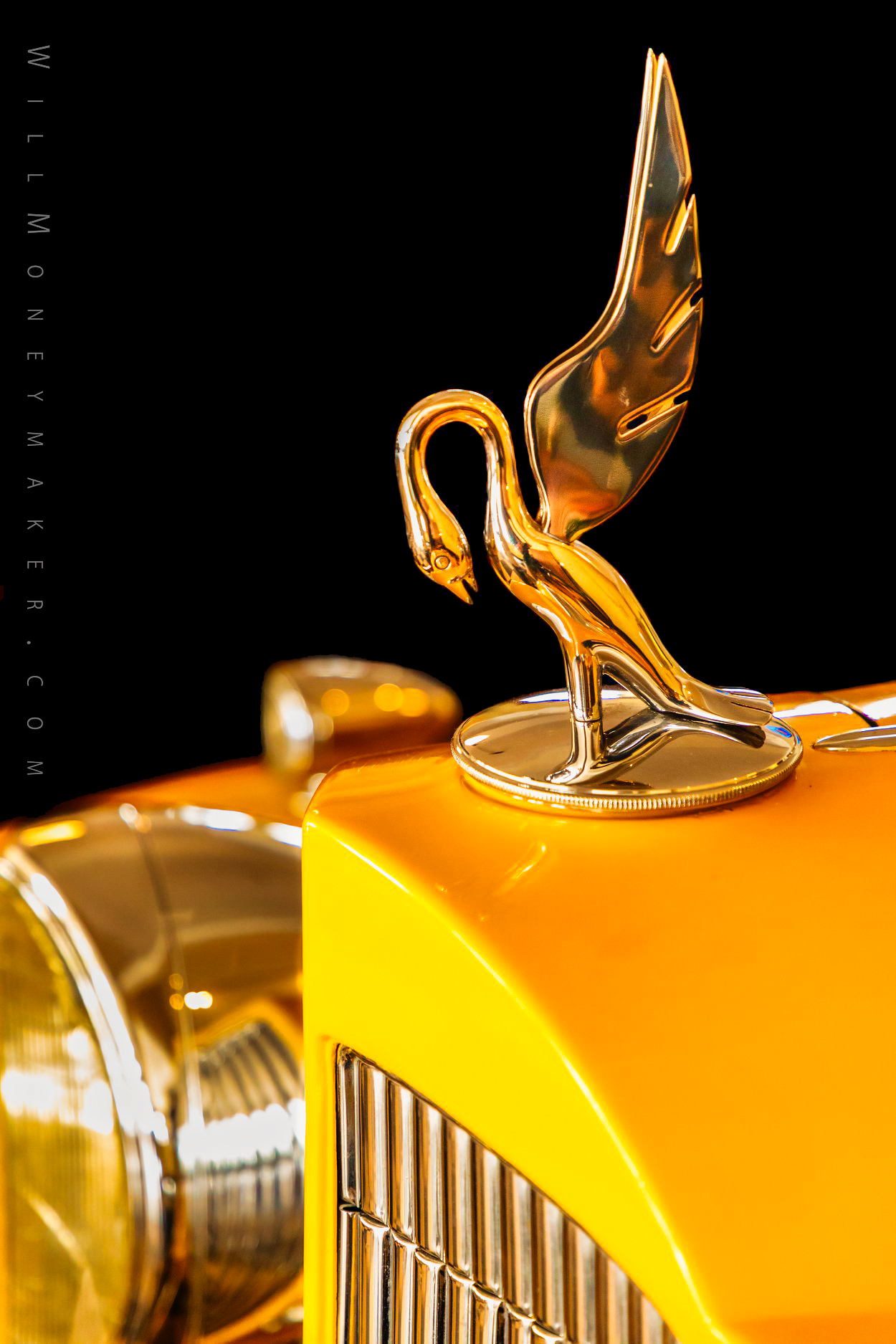The first item a beginning photographer adds to their camera kit is quite often a long zoom lens. After all, one of the joys of photography is being able to zoom in on distant objects, especially things like wildlife or other subjects that you normally wouldn’t be able to approach.
Although, as much as telephoto lenses are an amazing thing to add to your kit, they do present a few difficulties as you’re learning to use them. Plus they offer you several interesting techniques to make interesting images. Here are some of my favorite tips for using long zoom lenses effectively.
Learn How to “Look and Lift”
One of the hardest parts of using long zooms is finding and tracking a small subject like a bird. The temptation is for a beginner to lift the camera to his or her face, then lift your face to look at the object that you are photographing. The problem with this is that if you don’t already have your eyes turned to the subject, then it will be difficult to find the subject once you’re looking through the relatively small window of the lens — especially if your subject is moving.
What you should instead do is practice the “look and lift” technique. That is, look at your subject and as you look at it, raise your camera to your face. Since you’re already looking in the right direction, it will be much easier to zero in the subject’s location.
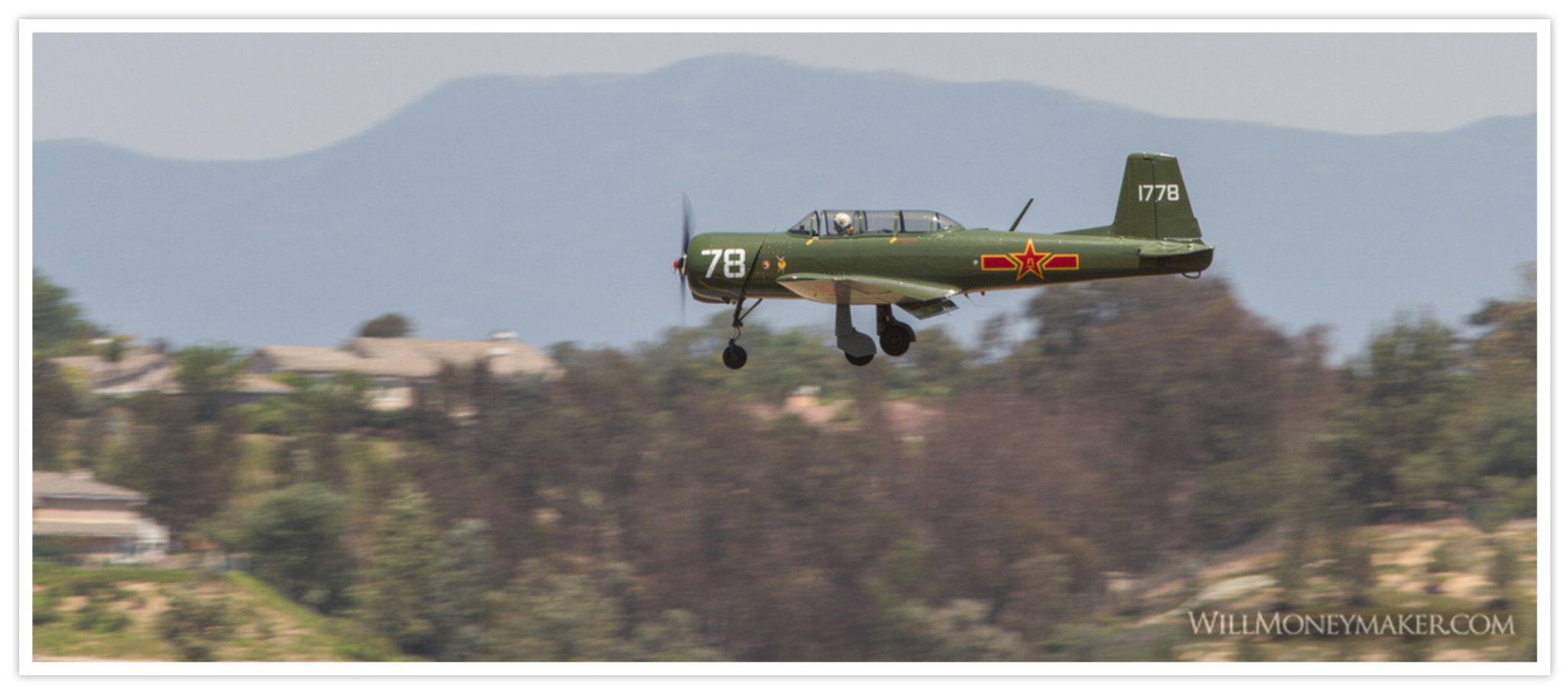 Zoom Out to Track Moving Subjects
Zoom Out to Track Moving Subjects
If you’ve ever pointed a zoomed in lens towards the sky to track a flying bird, an airplane, or even something on the ground like a fast moving car, then you know how difficult it is to fix on a moving subject with a zoomed lens. Chances are, you’ll only see blue sky or whatever your background is as you desperately move your camera to find the subject. As I mentioned above, a zoomed in lens gives you a much smaller area to search than a lens that is zoomed out, which lowers your chances of actually pinpointing the subject.
The solution to this is to zoom out your lens, get the moving subject in the frame, and then zoom in as you track the subject. By fixing on your subject while your lens is zoomed out, you’ll spend a lot less time “fishing” for the subject.
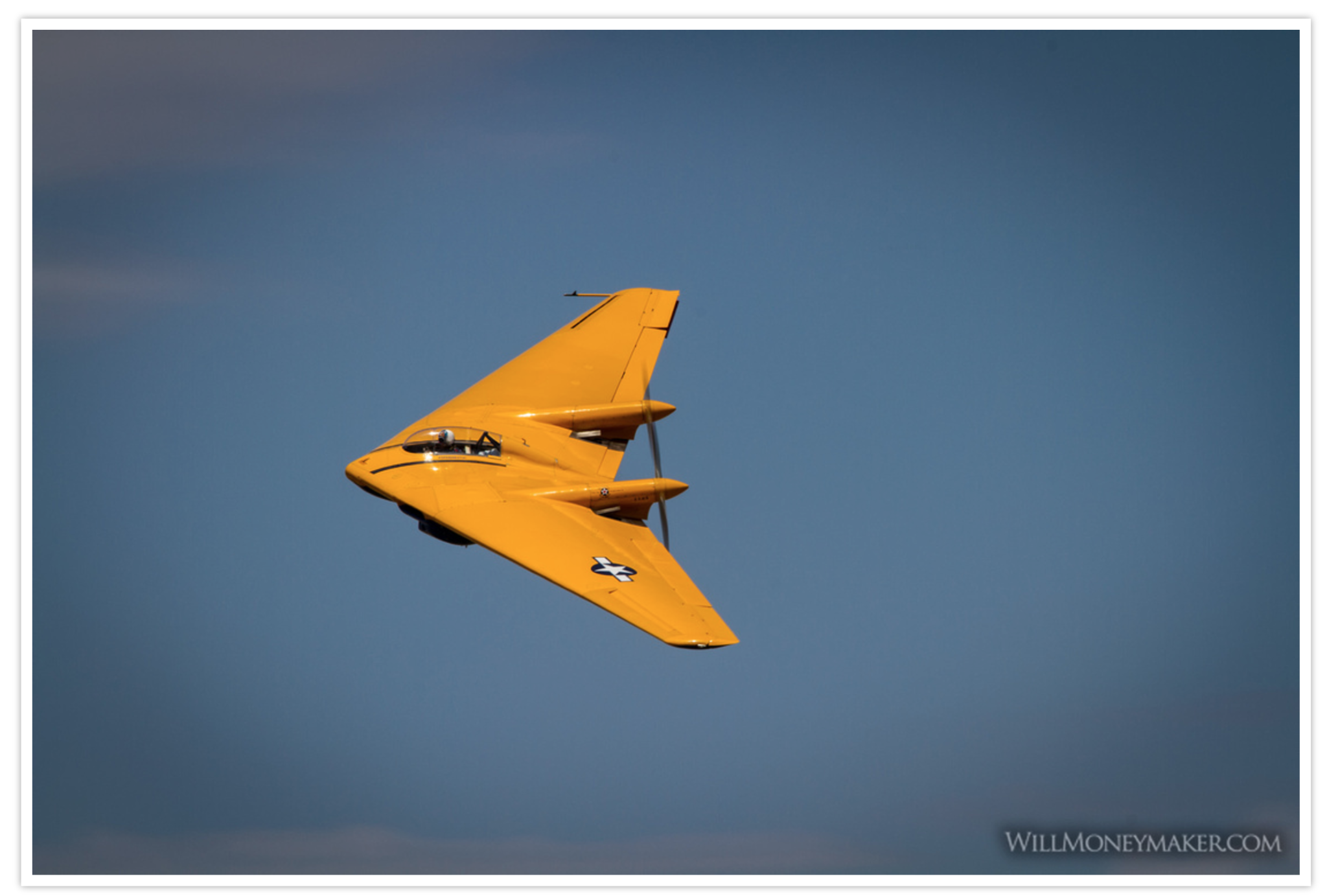 Use a Tripod — Even When the Lighting is Good
Use a Tripod — Even When the Lighting is Good
It’s a fact that telephoto lenses tend to amplify blur from shaky hands or camera movement far more than shorter lenses. These lenses are heavy, making it more likely for you to inadvertently shake or move them, and because you’re focusing on a smaller, more distant area, a minor tremble is enough to create an incredibly fuzzy image. A tripod gives you much more stability, increasing your chances of taking sharp images.
In fact, in order to reduce camera shake, a remote shutter release can be helpful. Simply pressing the shutter button is enough to jostle your camera slightly, so a shutter release is another great way to prevent blur.
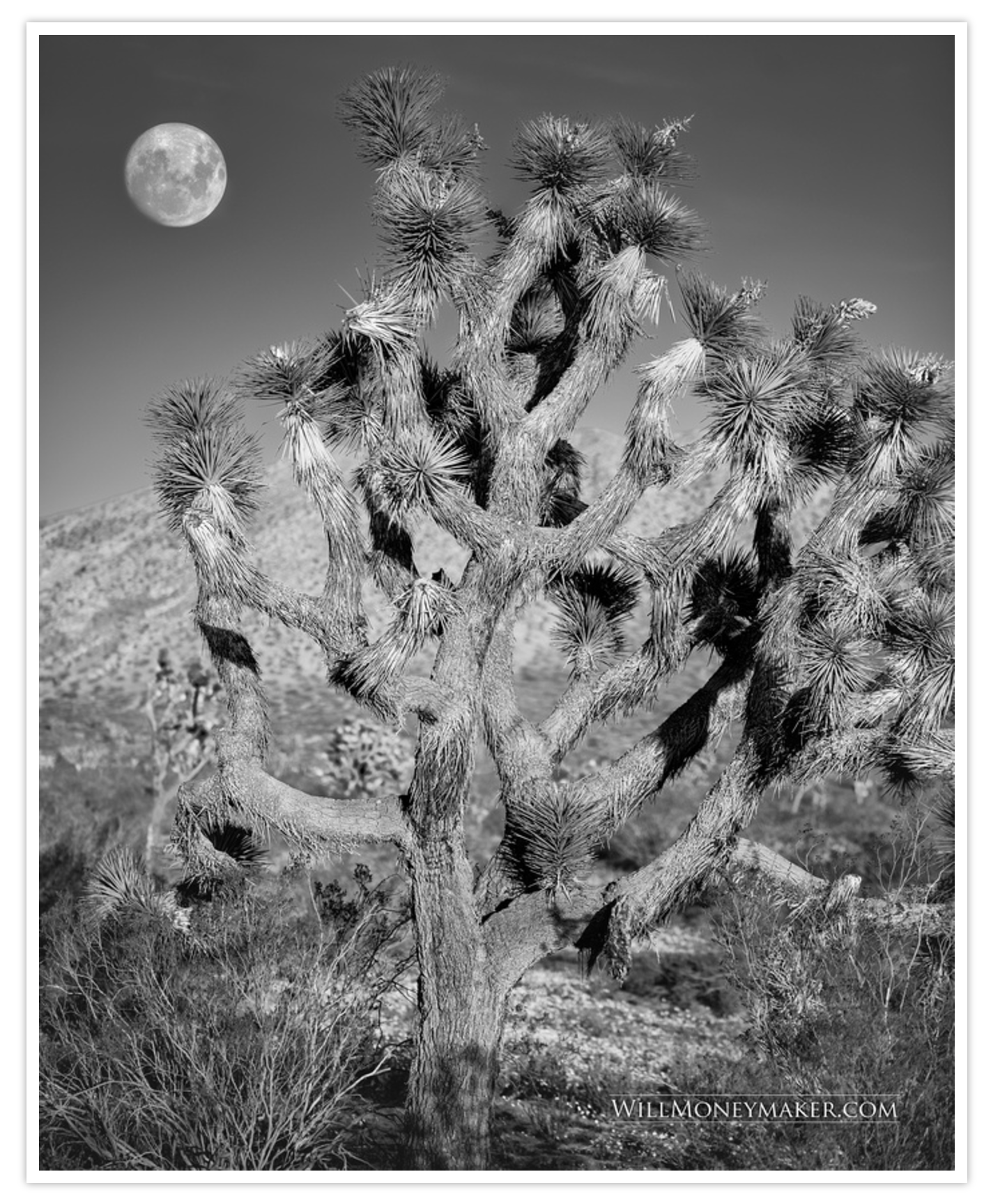 Take Advantage of the Telephoto Effect
Take Advantage of the Telephoto Effect
When we think about telephoto lenses, the first thing that comes to mind is the ability to zoom in on a faraway object, but that isn’t the only thing you can do with telephoto lenses. These lenses tend to flatten out distances (an effect called the “Telephoto Effect”), which means that in an image with elements at both close and far away distances, the distant elements will appear much closer to the nearby elements than they actually are.
This can create some interesting images where the moon looms large against a line of trees, or where a distant city skyline appears much closer to your foreground elements than it actually is.
There is a lot to know about the right ways to use telephoto lenses and the interesting things that you can do with them — I’ve only scratched the surface here. However, you can use these things to start experimenting with your telephoto lenses, and when you’re ready, you can start learning more advanced techniques!


